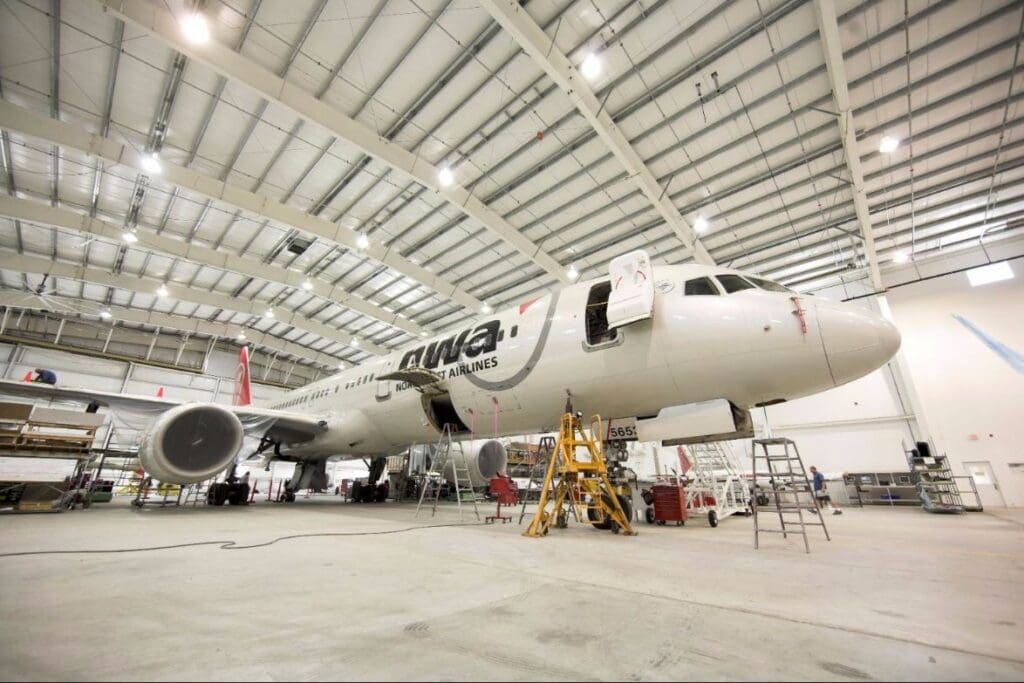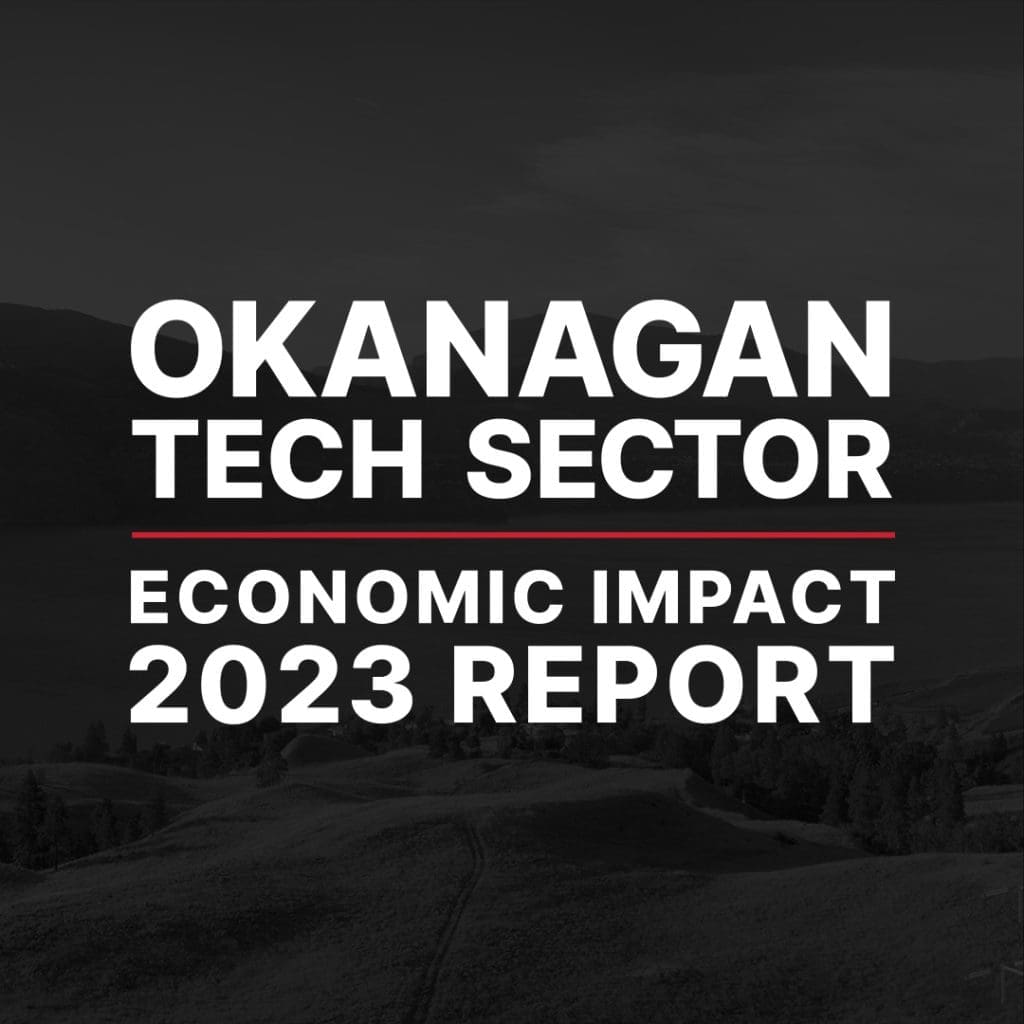The Aerospace Race
Uncategorized April 25, 2017

By Rod Shuttleworth
Guest post from YLW Connection Magazine, Spring 2017
Engineers are sociable people; they tend to congregate, creating hubs of inter-related industries in a particular sector. Joel Kotkin, Professor of Urban Studies at Chapman University in California says: “Where engineers concentrate, we can expect the greatest capacity for innovation.” Industry hubs grow like trees, the presence of one or more major companies attracts other smaller suppliers and skilled labour to the region. A prime example of such a hub is San Jose and the Silicon Valley, which began as a centre for research for the U.S. Defense Department and NASA, and now boasts the highest per-capita concentration of engineers in the country, with the renowned Stanford University generating more graduates every year.
Silicon Valley demonstrates the key requirements for growing an engineering or technological hub from an existing industry or capability: a focus on a particular sector which attracts related industry and investors, and the presence of a University highly attuned to the requirements of the industry for skilled employees. And of course, Silicon Valley’s climate and amenities make it relatively easy to attract skilled people to the region. Just like the Okanagan.
Already home to many high-tech companies, the Central Okanagan is poised to become a major hub in the aerospace industry. The seed around which this hub is already growing is the strong presence of KF Aerospace (formerly Kelowna Flightcraft), and its ongoing relationship with WestJet. WestJet uses KF for a number of functions including interior refurbishments of its aircraft and regular scheduled maintenance, as well as installing the airline’s new wireless connectivity system, WestJet Connect. Robert Palmer, WestJet’s Manager of Public Relations, explains why KF is an important partner for the airline:
“KF Aerospace is a dependable service provider that knows WestJet, our service standards and our culture and KF has a solid reputation.” Palmer says WestJet has worked with KF since “day one” and has played an important role in helping the company grow to become the largest private sector employer in Kelowna with more than 600 employees. KF’s location at YLW has been another key factor in the success of the relationship. YLW was one of WestJet’s original five destinations, and the airline now accounts for around 65% of the airport’s air service.
“With Kelowna being on our scheduled route structure, coupled with its proximity to our home base in Calgary, we are able to move aircraft in and out of YLW efficiently,” says Palmer. He adds that KF turns aircraft quickly, allowing us to put them back into service quickly, thus avoiding lost revenue from having an expensive asset sit idle for any extended period of time.
The presence of an established aerospace engineering company and a long-term partnership with a major airline, sets the stage for the growth of aerospace-related industries in the region. But hubs don’t create themselves. As Palmer points out, aerospace and aircraft maintenance are highly competitive global industries, since aircraft can be ferried great distances to perform maintenance. A key ingredient in creating an engineering or technology hub is the ability to provide the skilled engineers and technicians the industry needs. In the central Okanagan, a major step in this direction came when the University of British Columbia (UBC) created its Okanagan campus (UBCO) and included aerospace-related engineering as a program of study. As part of its ongoing expansion program, UBCO opened an Engineering and Management building in 2011, as well as the Charles E. Fipke Centre for Innovative Research.
Corie Griffiths, Director of the Regional District of Central Okanagan’s Economic Development Commission (EDC), also sits on the Liaison Council of UBCO. She cites the “need for talent” as one of the crucial challenges of technological industries, and says UBCO plays a vital role in growing this sector in the Okanagan. “The involvement of UBCO provides a significant value proposition for companies with specific R&D needs,” she says and points to UBCO’s partnership with Avcorp, a leading supplier of integrated composite and metallic structures for the aerospace industry, as a prime example of how universities can attract industry.
As well as specific industry-related programs and research, UBCO contributes to the aerospace hub through what Corie Griffiths describes as cross-faculty involvement. “I’m seeing industry classifications change,” she says, citing the cross-over between manufacturing and technology, a synergy that a multi-faculty university is well placed to adapt and contribute to.
Griffiths is unquestionably enthusiastic about the role the EDC plays in helping develop and expand the Aerospace sector in the Central Okanagan. “The first step in encouraging sector-related companies to the region is to gain a better understanding of our core competences and what markets are best suited for targeting direct foreign investment.” To that end, the EDC has recently received federal funding to conduct a full study into the region’s core competencies in the aerospace sector. Scheduled for completion in November 2017, the study will provide a “regional aerospace ecosystem scan”, identifying and creating a database of the products, skill sets and R&D capabilities of sector-related companies and organizations in the region. It will benefit existing companies as well as attract new ones.
The EDC conducts site visits, identifies specific needs in supply chains, labour, training or research and works with local companies to address those needs and target new companies to help fill the gaps. Once equipped with a full understanding of what the region has to offer, the EDC will work with various agencies, including BC’s Ministry of International Trade, to attract foreign direct investment to build the hub, to the benefit of both new and existing players. As WestJet’s Robert Palmer explains: “Any time a sector expands to offer more products and services, consumers of those services are the beneficiaries. It’s also advantageous to have a sector whose workforce is growing, both in size and skillset.”
Locally, the economic benefits of attracting major players in an expanding and technologically advancing industry go far beyond jobs. “WestJet’s investments have had a profound impact in Kelowna,” says Palmer. The airline’s major presence has helped the airport develop rapidly, playing a crucial role in bringing tourists (and their money) to the Okanagan. The presence of air service itself helps drive economic growth through the ability for businesses to expand and tap into new markets, and all employers contribute to the economic wellbeing of a region through the money their employees spend in the community. Companies like WestJet also contribute through social responsibility programs. The airline has donated over 300 flight vouchers since 2006 to Okanagan groups and charities, as well as thousands of volunteer hours from WestJet employees in our communities.
The aerospace industry is highly competitive and truly global. Canada currently boasts the fifth largest aerospace sector in the world after the US, France, Germany and the United Kingdom. In Canada, the Aerospace Industry Association statistics for 2015 show the sector to be contributing more than $28 billion to the country’s GDP, together with over 211,000 jobs. With the committed involvement of companies like WestJet, KF Aerospace and Avcorp, together with the crucial contribution of UBCO and the co-ordination and promotion provided by the EDC, conditions are ideal for the continued growth of a thriving aerospace industry hub in the Okanagan.


